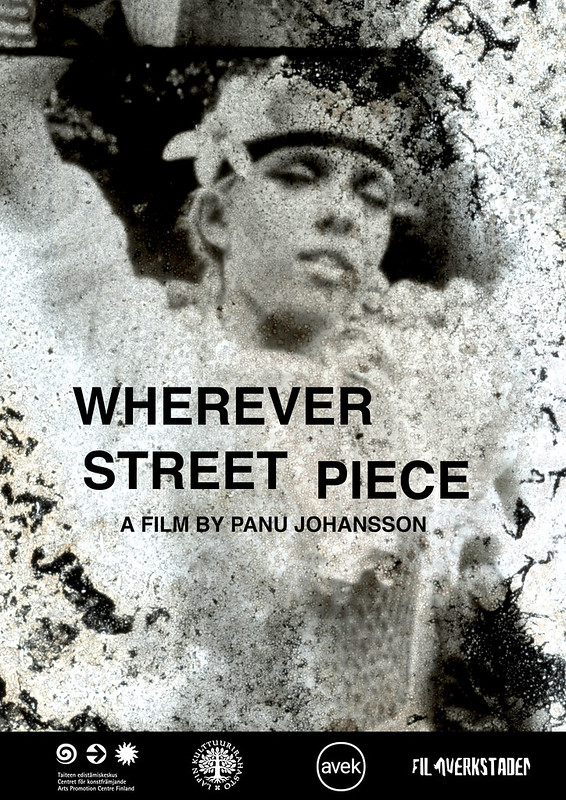
See the film trailer above.
Year of Production: 2025
Running Time: 8mins 49s (film version), 8mins 40s (2-channel installation)
Shooting Format: Found Footage 16mm Film (during the work process of this film the original found footage material was first printed into Kodak 3378 EASTMAN EXR Sound Recording Film and these prints were then manipulated with bleach chemicals)
Master Format: 4K Video, DCP (Installation 2 x 4K Video)
Production of this film has been supported by The Finnish Cultural Foundation, Lapland Regional fund, Arts Promotion Centre Finland / The Arts Council of Lapland, AVEK – The Promotion Centre for Audiovisual Culture, VISEK – The Centre for the Promotion of Visual Art and Filmverkstaden.
Crew:
Panu Johansson: concept, direction, editing, sound design
This film is distributed by AV-arkki, the Centre for Finnish Media Art:
https://www.av-arkki.fi/works/wherever-street-piece/
https://www.av-arkki.fi/works/wherever-street-piece-installation/
INTRODUCTION:
Here is a short introduction video of the film, originally made for the 2025 UnArchive Found Footage Fest in Italy:
SYNOPSIS:
“Wherever Street Piece” is a found footage film that describes impersonal and fragmented memories that cannot be directly linked to the life of one particular individual. Simultaneously the film documents the way these past realities – forgotten people in forgotten situations – blend together from the perspective of the present. Obviously not everything can be stored and passed on, but if we neglect the lessons of the past, are we also bound to repeat its mistakes?
WRITINGS:
A review in an Italian web magazine Taxidrivers:
Screencap here.
SCREENINGS & EXHIBITIONS:
2026 Turku Art Museum, Darkroom, Finland (coming up), (solo exhibition, installation version)
2025 Harkat 16mm Film Festival, Mumbai, India (coming up)
2025 Analogica Film Festival, Bolzano, Italy
2025 Experimental Superstars Film Festival, Novi Sad, Serbia
2025 Engauge Experimental Film Festival, Seattle, WA
2025 Gallery Ars Libera, Kuopio, Finland (solo exhibition, installation version)
2025 BIDEODROMO International Experimental Film and Video Festival, Bilbao, Spain
2025 ULTRAcinema, Cuernavaca, Mexico
2025 Edmonton Underground Film Festival, Canada
2025 3rd International Experimental Film Festival, Athens, Greece
2025 Antimatter [Media Art]–Festival, Victoria, Canada
2025 INTERMEDIATIONS, Video Art and Experimental Video Showcase, Medellin, Colombia
2025 Revolutions per Minute Festival, Boston, USA
2025 Aaltoilmiö event, Rovaniemi, Finland
2025 Darkroom Festival, Brighton, UK
2025 The Onkiniemi Ateljee Night of Experimental Music & Film, Tampere, Finland
2025 Darkroom Festival, Bristol, UK
2025 Darkroom Festival, London, UK
2025 Elevation Film Festival, Maker-with-Rame, UK
2025 The Festival del Cinema Pirata, San Benedetto del Tronto, Italy (film version with new live score)
2025 UnArchive Found Footage Fest, Rome, Italy
2025 Adriatikino – the Adriatic Film Exhibition, Fermo, Italy
2025 Moviate Underground Film Festival, Harrisburg, PA, USA
2025 Finnmark Flicker, Kirkenes, Norway
2025 The West Virginia Mountaineer Short Film Festival, Morgantown, WV, USA (installation version)
2024 Studio Mustanapa, Rovaniemi, Finland (solo exhibition, preview version) (installation version)
STILL IMAGES:
Images below are meant for web preview only. Full quality press images can be downloaded here.
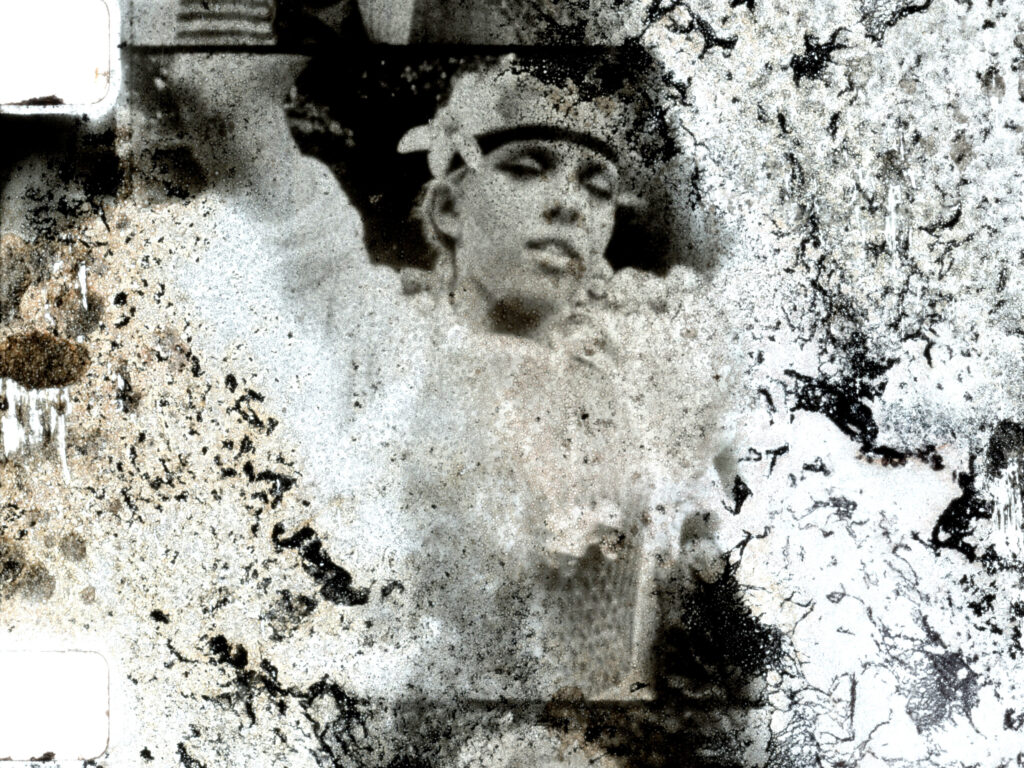
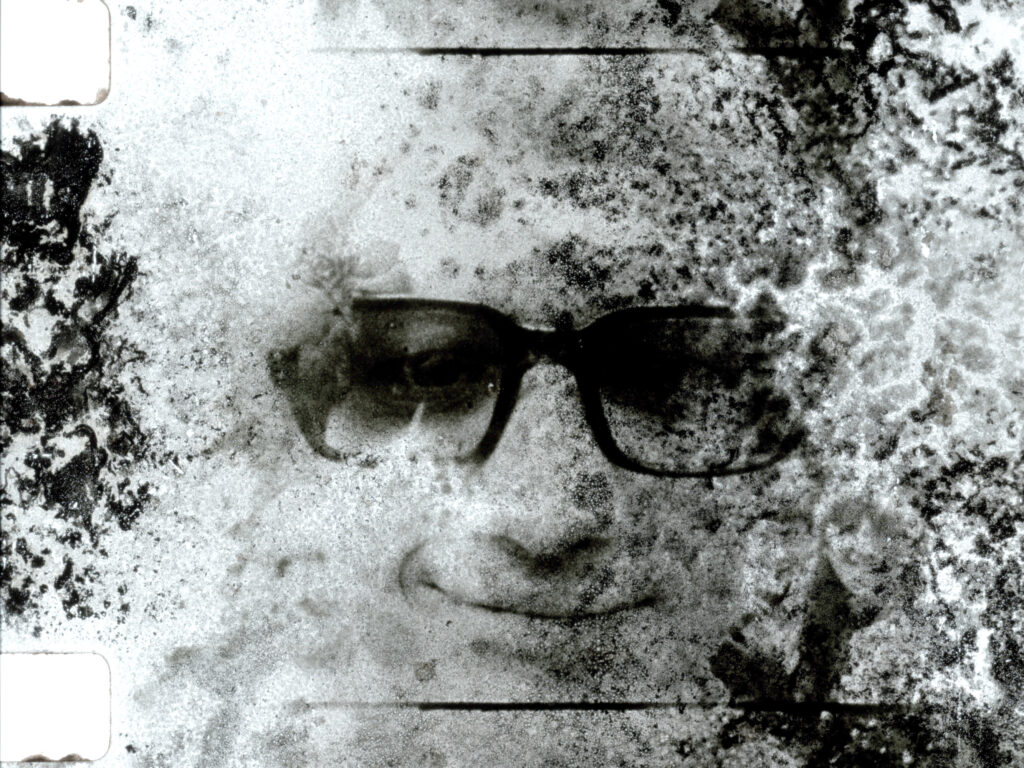
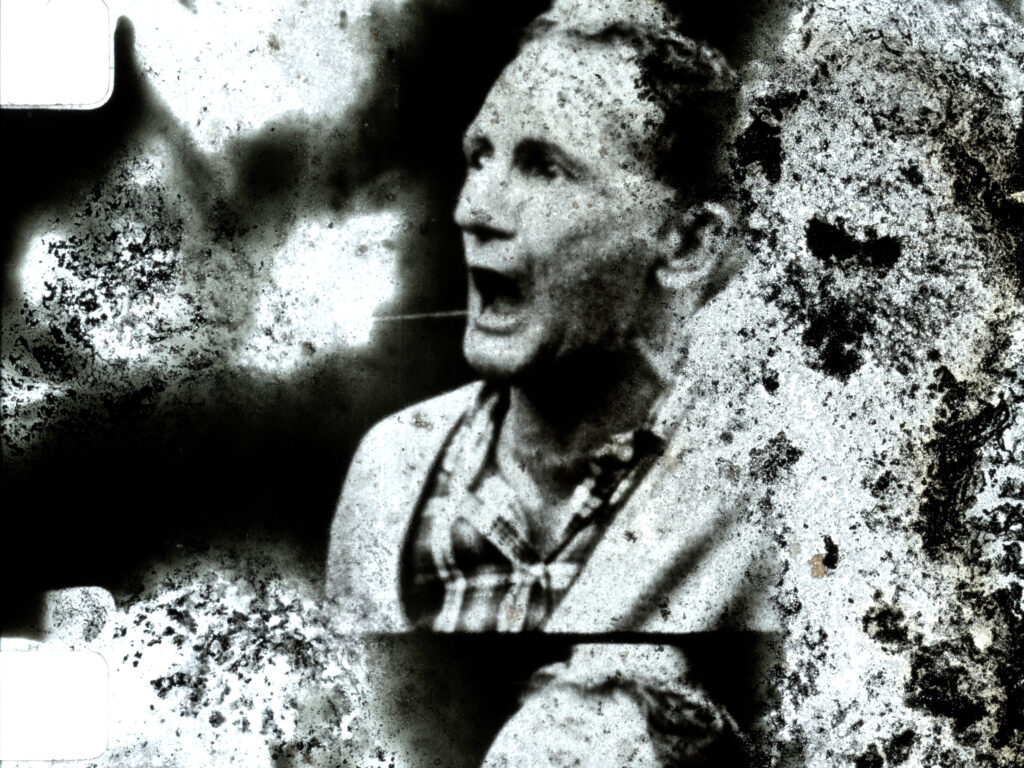
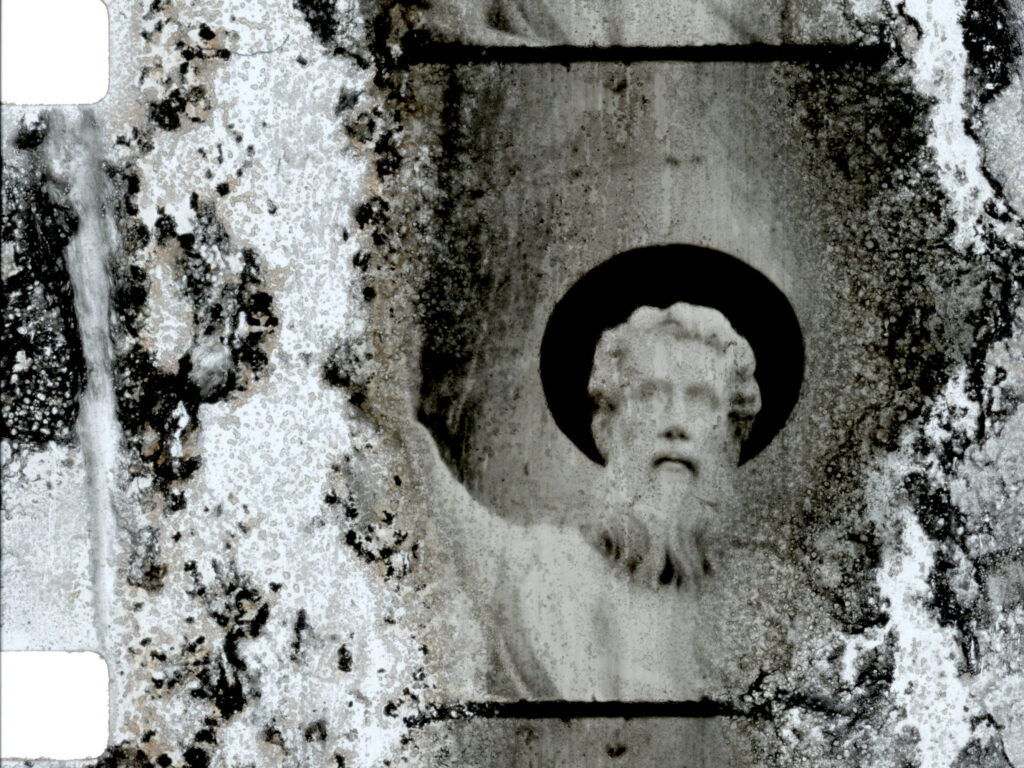
EXHIBITION DOCUMENTATION:
The 2-channel installation version at the 2025 West Virginia Mountaineer Short Film Festival in USA.
2025 Analogica Film Festival in Bolzano, Italy. Wherever Street Piece featured shortly on the film program number 6 trailer:
2025 Engauge Experimental Film Festival in Seattle, USA. Wherever Street Piece featured shortly on the festival trailer:
2025 Adriatikino – the Adriatic Film Exhibition in Fermo. Italy. Wherever Street Piece featured shortly on the festival trailer:
DIRECTOR’S STATEMENT:
“Wherever Street Piece” is a short 9 minute found footage experimental film. The piece is based on black-and-white found footage material filmed on 16mm in several anonymous cities in the late 1960s. I personally rescued the footage from being thrown away in the early 2000s. What makes the material fascinating is that all the information related to this silent footage has been lost. So, the stories of the people filmed and the purpose of the footage remain shrouded in mystery. Or do they?
It’s thought-provoking how things change and yet remain the same. When I look at the film’s original footage, shot in several different countries about 60 years ago, many visual cues like clothing and material culture connect it to the past. Yet, the same footage is fully connected to the present as well. The sounds of the past still echo in today’s streets.
People continue to demonstrate in the streets for tolerance and, unfortunately, also against it. Direct conflicts cannot always be avoided. The spirit of the times feels ominous, but forward-looking forces still know how to combine a positive social message with joy and fun in an admirable way. Amid and in between these conflicts, everyday life also proceeds as always and still does.
The working process of this film thus reflects the idea that while some information is lost over time, much still remains recognizable. At the start of the process, the original 16mm found footage films were first printed onto Kodak 3378 sound recording film. This film stock was once used to reproduce optical soundtracks and is characterized by high contrast. As a result, a significant part of the grey tones of the original material have been lost. After this, I have manipulated the printed material frame by frame using bleach chemicals, which have dissolved parts of the material’s emulsion. The somewhat decayed moving images that emerged as a result of the process have retained their recognizability, but at the same time they have broken away from pure realism and turned into something that is far harder to define.